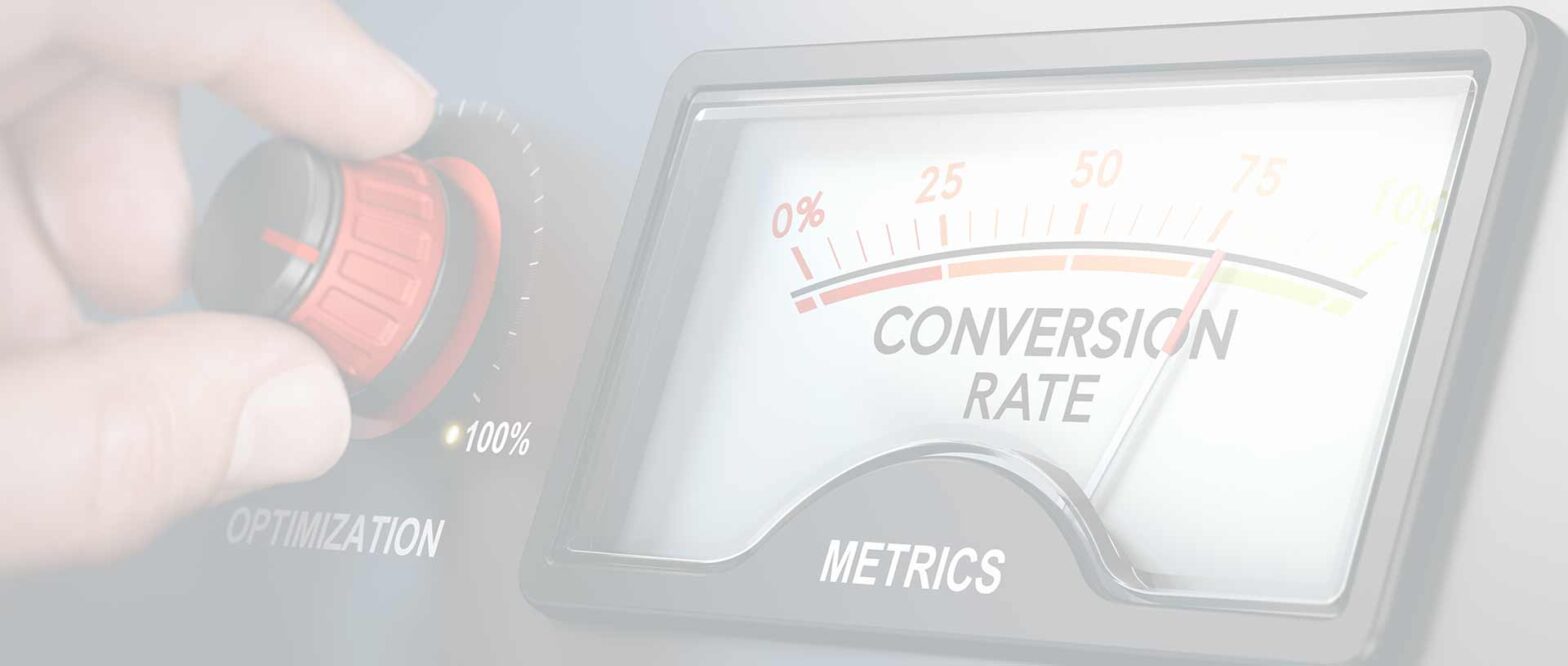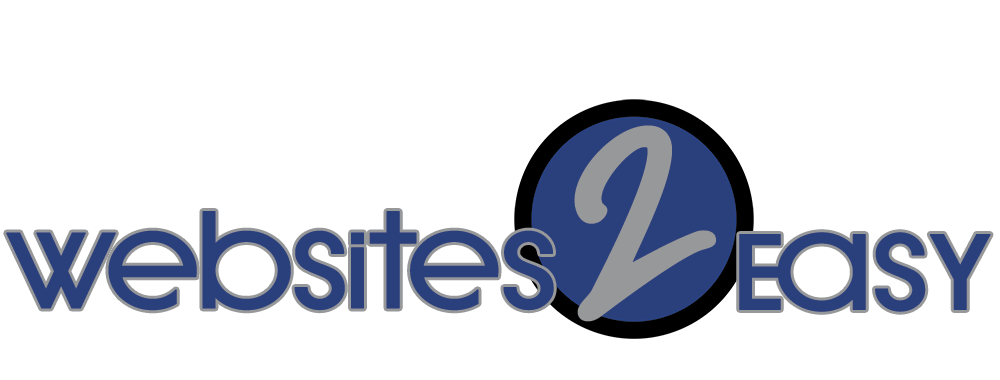Page Speed and Conversions

How Page Speed Impacts Conversion Rates
Page speed is a critical factor in today’s digital landscape, influencing not only user experience but also a website’s ability to convert visitors into customers. Whether you’re running a local service-based business or a professional portfolio, the speed at which your website loads can make or break your success. In this post, we’ll explore the connection between page speed and conversion rates, supported by data and actionable insights.
The Relationship Between Page Speed and Conversions
Page speed refers to how quickly the content on a website’s page loads. When a website loads slowly, it frustrates users and discourages them from continuing their journey. Research shows that a delay of just one second in page load time can reduce conversions by 7%. This may seem minor, but for local businesses relying on leads and bookings, it can result in significant missed opportunities.
User Expectations and Behavior
Modern internet users are accustomed to fast-loading websites. According to a study by Google, 53% of mobile users abandon a site if it takes longer than three seconds to load. On the other hand, faster websites encourage users to stay, explore, and complete desired actions like booking an appointment, filling out a contact form, or calling your business. The link is clear: faster websites foster better user engagement, leading to higher conversion rates.
Mobile-First Audiences
With the rise of mobile browsing, page speed optimization has become even more critical. Mobile users often rely on slower connections compared to desktop users, making fast-loading websites essential for retaining this audience. Google’s mobile-first indexing and emphasis on Core Web Vitals mean that a website’s mobile performance directly influences its search rankings and, consequently, its ability to attract and convert visitors.
Psychological Impact of Speed
Website speed also has a psychological impact on users. A fast-loading page gives the impression of professionalism, reliability, and trustworthiness. Conversely, slow websites can create frustration and erode trust, making users less likely to complete transactions or engage with your brand. For local service-based businesses, trust is especially critical, as potential customers need to feel confident in reaching out.
Practical Steps to Improve Page Speed
Improving page speed is an investment in higher conversion rates. Here are some strategies to consider:
- Optimize Images: Use compression tools and next-gen formats like WebP to reduce image file sizes.
- Leverage Browser Caching: Store frequently accessed data locally on users’ devices to reduce load times for repeat visits.
- Use a Content Delivery Network (CDN): Distribute content across multiple servers globally to ensure faster load times for users worldwide.
- Minimize HTTP Requests: Reduce the number of elements on a page to decrease loading time.
- Implement Lazy Loading: Load images and videos only when they come into the user’s viewport.
- Use Faster Hosting: Invest in reliable, high-performance web hosting services.
Leverage Our Turnkey Website Solution
One of the simplest ways to ensure your website achieves top-tier speed and performance is by utilizing our Turnkey Website Solution. Designed specifically for local service-based businesses, our solution is optimized for speed and user experience right out of the box. With our approach, you can enjoy the benefits of a fast-loading, professional, and conversion-friendly website without the hassle of technical configurations.
Conclusion
Page speed is more than a technical metric; it’s a powerful lever for improving user satisfaction and boosting conversion rates. In an increasingly competitive online landscape, the ability to provide a fast, seamless experience is a key differentiator. By prioritizing speed optimization and leveraging our Turnkey Website Solution, your business can not only meet user expectations but also maximize its potential for driving leads, bookings, and growth.
